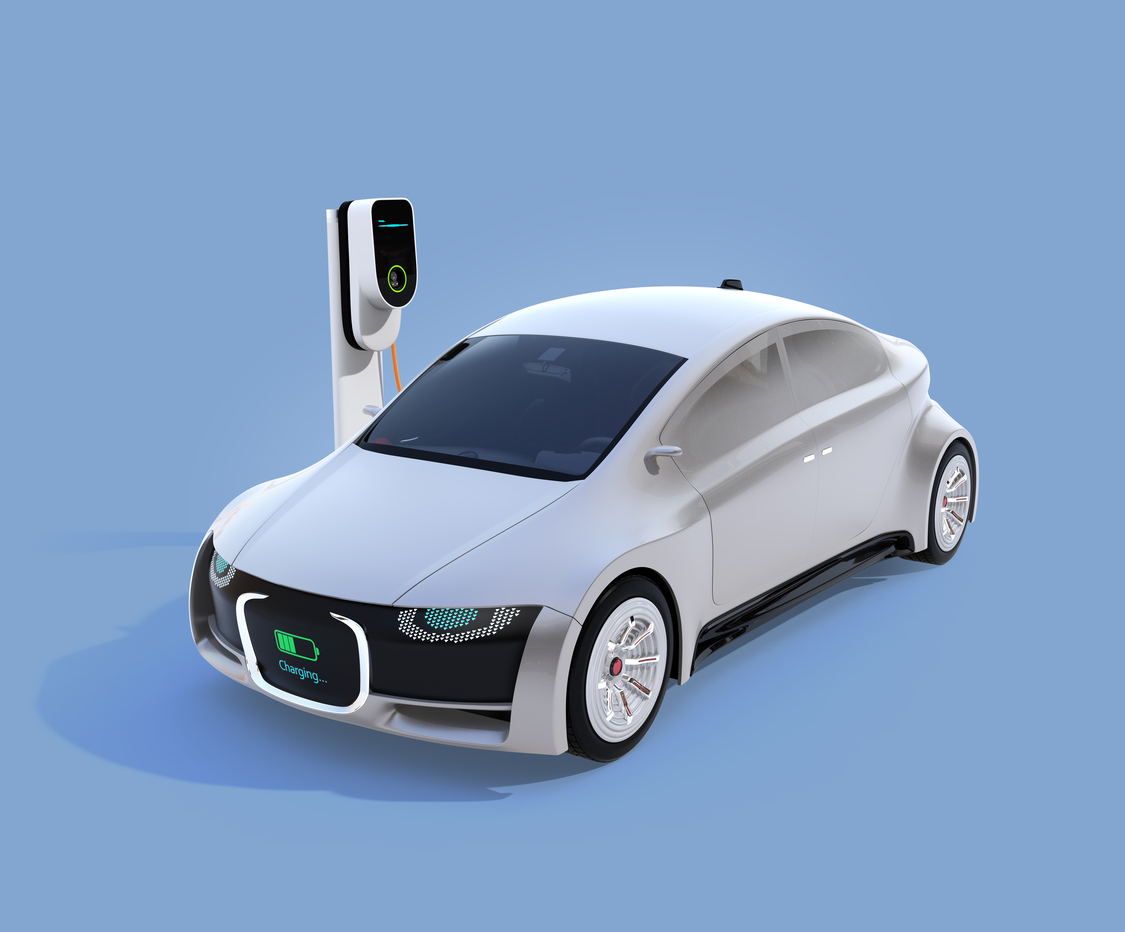2021/05/10
Japan ought to be a Domestic and International “Game Changer” Toward Realization of Hydrogen Society

(The original article in Japanese was posted onJanuary 22, 2021)
TOYOTA put through a complete model change for “MIRAI,” the world’s first mass-produced Fuel Cell Vehicle (FCV) launched in 2014, and released it on December 9. Needless to say, new Mirai improved as a passenger vehicle. More noteworthy element was that the fuel cell (FC) system, the power source of the new model, was designed to satisfy a wide range of demands such as commercial vehicles, marine vessels, and industrial power generation. After the very first model of MIRAI was launched, TOYOTA announced that it would allow royalty-free use of its FCV-related patent licenses, in order to popularize FCV. Nevertheless, TOYOTA has not succeeded in attracting other companies that cooperate with the initiative, as intended. With this past experience in mind, the new release this time aims at popularization throughout all industries.
A week ago from the launch of the new model, a voluntary association “Japan Hydrogen Association” was established. Including Sumitomo Mitsui Financial Group, Inc. and Iwatani Corporation as joint representatives, 88 of energy companies, transportation and distribution companies, or general trading companies in total joined the association as the members. The association will make policy recommendations and public relations such as cooperating with local governments, solving problems on production, transportation, and storage of hydrogen, and expanding the applications of hydrogen in industries of commercial vehicles, railway and marine vessels, or chemistry and steel, in hopes of attaining a hydrogen energy-based society. Technology of hydrogen is capable of storing hydrogen converted from electricity generated by solar power or wind power, making it possible to store unstable natural energy. Although letting EV to take a significant lead among next-generation vehicles, the era of hydrogen-fuel vehicles seems to be dawning at last.
Japan has been leading the world in terms of technology of hydrogen. However, Europe and China have begun investing in development of hydrogen in earnest. In this June, Germany established National Hydrogen Strategy (Nationale Wasserstoffstrategie) with the budget equivalent to 1 trillion yen. Also, in July, the European Commission presented its “Hydrogen Strategy for a Climate-Neutral Europe,” and set a goal to increase the production volume of hydrogen to 10 million tons by 2030. Moreover, China, under a new program, is sketching a plan to designate certain municipalities as “model cities,” aiming at building a large supply chain comprising 1 million cars, mainly commercial automobiles, by the mid-2030s.
Given these circumstances, Japanese government is hurrying the realization of hydrogen energy-based society. While the conventional goal of domestic use volume of hydrogen was "300 thousand tons by 2030," the government started making an adjustment to raise the goal to “10 million tons.” This is equivalent to 30 nuclear power plants and 10% of the total power used in Japan. The international competition is likely to be intensified to achieve the carbon-neutral society. The new U.S. president, Joe Biden, committed himself to invest more than 178 trillion yen in the field of clean energy. Will Japan be able to stay in the position of “front-runner” in the field of hydrogen? To stay in the leading position, it is indispensable to develop a long-term strategy based on the entire plan for our future society, let alone reconsideration of power administration and deregulations. I expect the government to frame drastic ideas and policies that are not interrupted by existing industry customs or vested rights.
This Week’s Focus, December 11, 2020
Takashi Mizukoshi, the President